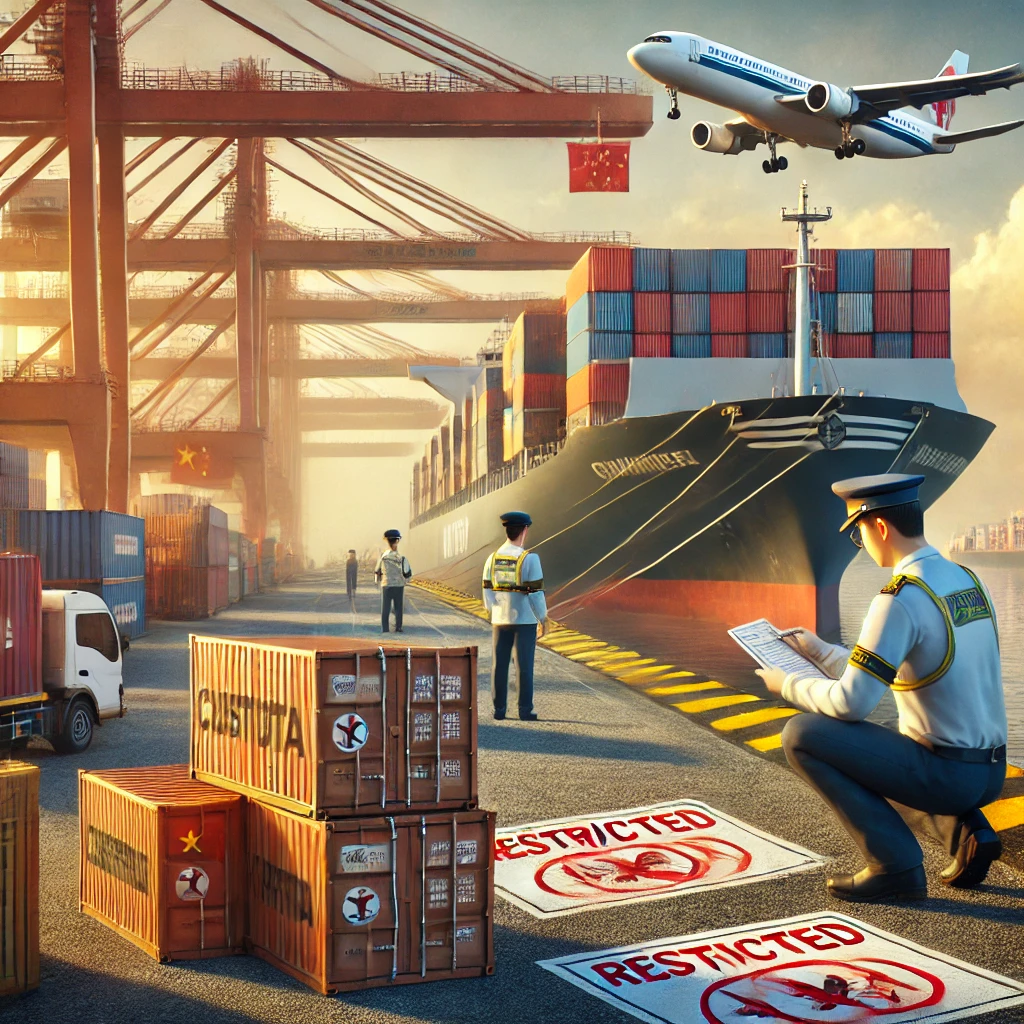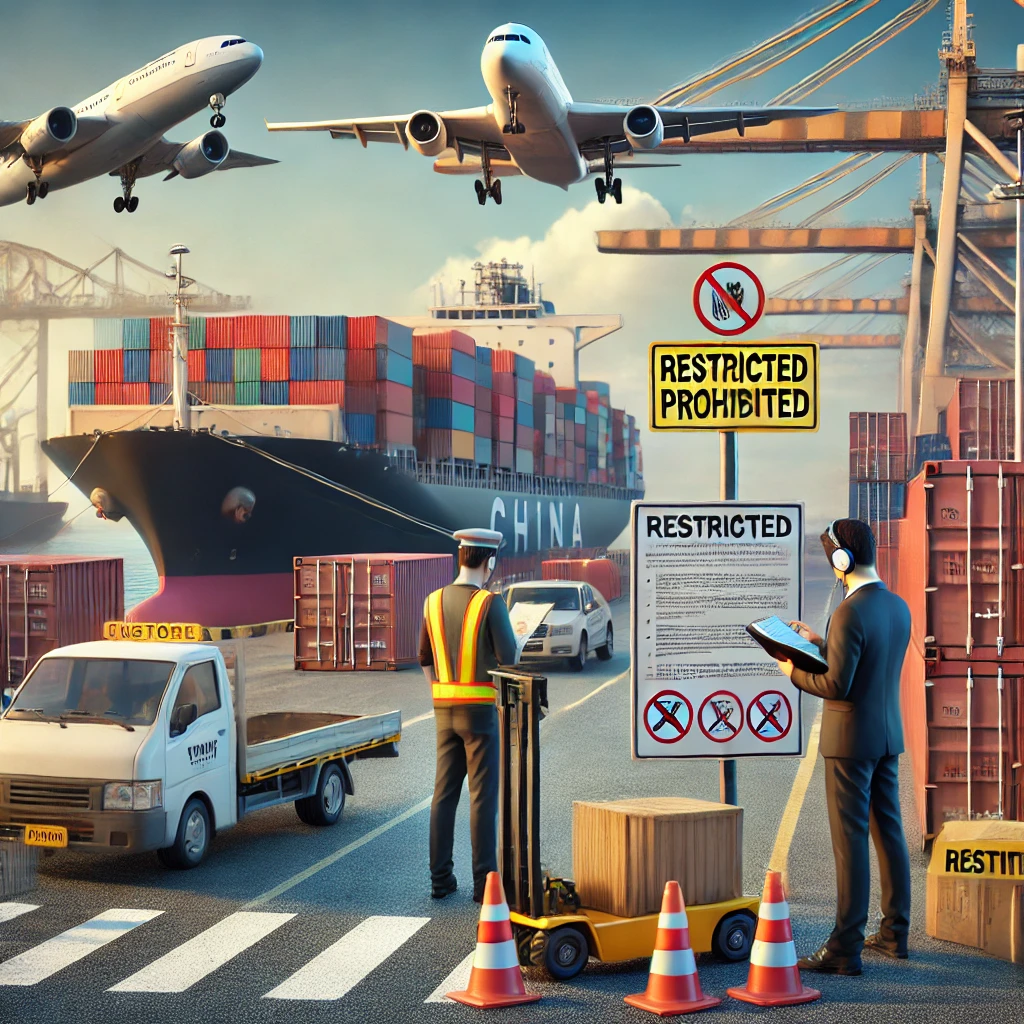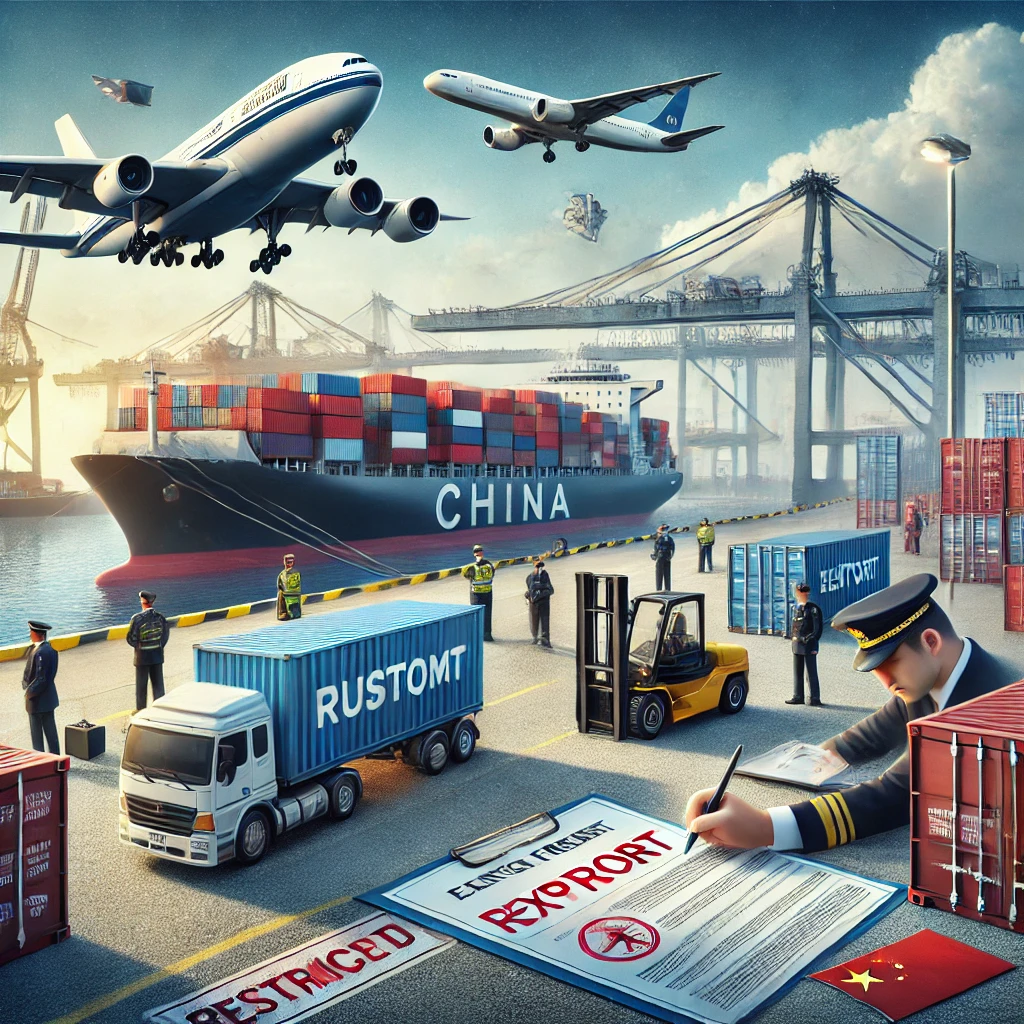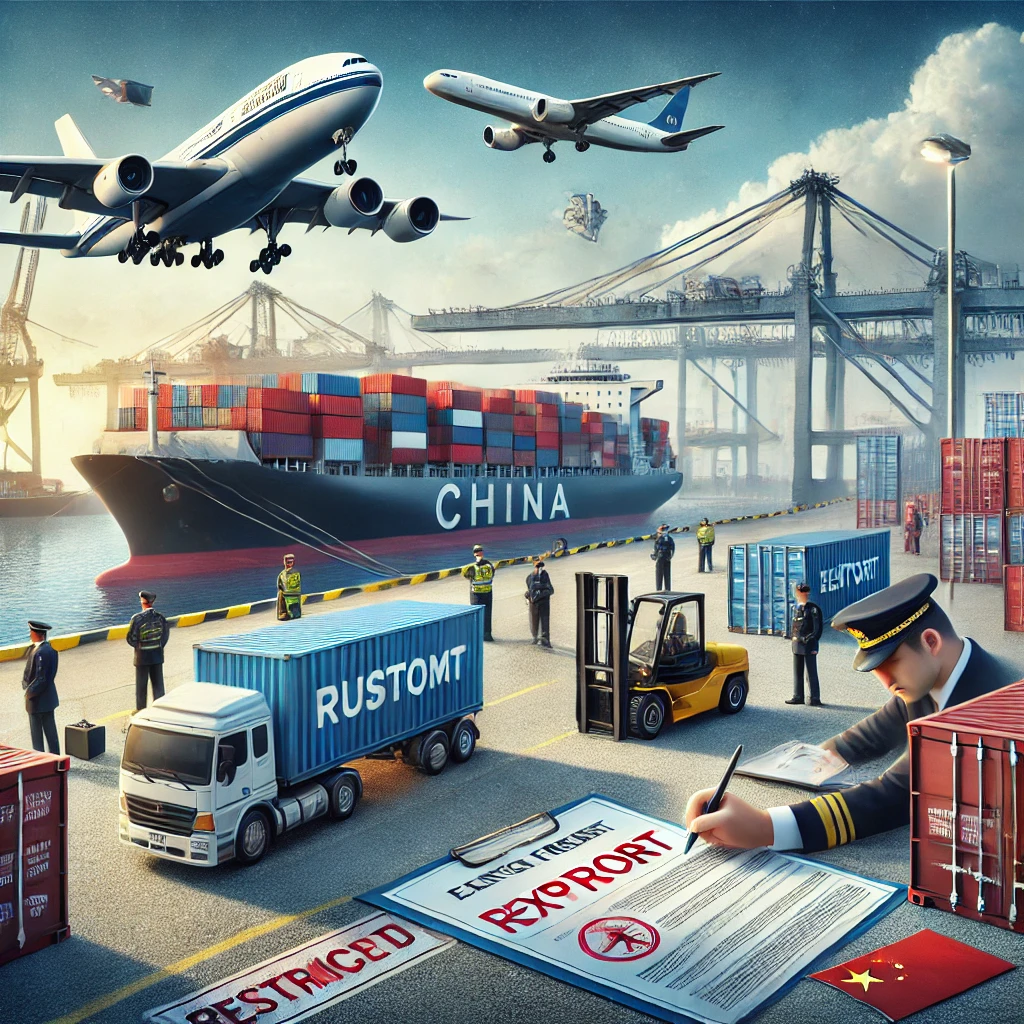Restrictions on Chinese Shipping: Navigating the Complexities of International Trade

Types of Restrictions on Chinese Shipping
1. Export Restrictions from China
China imposes several restrictions on exports:
- Prohibited Items: Certain goods are completely banned from export, including:
- Rare earth elements
- Some cultural artifacts
- Specific technology with national security implications
- Licensed Exports: Some items require special licenses or permits, such as:
- Certain chemicals
- Precious metals
- Advanced technology products
- Quota Restrictions: Limits on the quantity of certain goods that can be exported
2. Import Restrictions in Receiving Countries
Many countries have specific restrictions on imports from China:
- Tariffs and Duties: Often higher for Chinese goods in some countries
- Anti-Dumping Measures: Penalties on goods sold below fair market value
- Safety Standards: Strict requirements for toys, electronics, and food products
- Intellectual Property Concerns: Restrictions on counterfeit or copyright-infringing goods
3. Shipping Method Restrictions
- Air Freight Limitations:
- Restrictions on batteries, flammable items, and certain chemicals
- Weight and size limitations
- Sea Freight Regulations:
- Container security requirements
- Restrictions on hazardous materials
4. Documentation and Compliance
- Strict Documentation Requirements:
- Accurate customs declarations
- Certificates of origin
- Proper labeling and packaging information
- Compliance with International Regulations:
- CITES for endangered species products
- Basel Convention for waste materials

Key Factors Influencing Chinese Shipping Restrictions
- Geopolitical Relations: Trade tensions can lead to increased restrictions
- Environmental Concerns: Growing focus on sustainable and eco-friendly shipping
- Public Health: Measures related to disease prevention (e.g., COVID-19 regulations)
- National Security: Restrictions on technology transfers and sensitive information
- Economic Policies: Efforts to protect domestic industries in various countries
Notable Recent Restrictions
- U.S.-China Trade Tensions:
- Increased tariffs on Chinese goods
- Export controls on technology sales to specific Chinese companies
- European Union Regulations:
- Stricter safety standards for Chinese products
- Anti-dumping duties on certain Chinese goods
- COVID-19 Related Measures:
- Enhanced sanitation requirements for shipped goods
- Temporary restrictions on certain product categories
- China’s Dual Circulation Strategy:
- Potential impact on export volumes and priorities

Navigating Chinese Shipping Restrictions
- Stay Informed:
- Regularly check for updates on trade regulations
- Subscribe to relevant trade publications and government notices
- Proper Documentation:
- Ensure all paperwork is accurate and complete
- Obtain necessary licenses and certifications
- Work with Experts:
- Engage customs brokers or freight forwarders with expertise in Chinese trade
- Consult with trade compliance specialists
- Quality Control:
- Implement strict quality assurance to meet international standards
- Conduct pre-shipment inspections
- Strategic Planning:
- Diversify supply chains to mitigate risks
- Consider alternative shipping routes or methods
- Technology Adoption:
- Use trade compliance software to stay updated on regulations
- Implement tracking systems for better shipment visibility

Challenges and Opportunities
Challenges:
- Rapidly changing regulations
- Increased costs due to tariffs and compliance measures
- Longer lead times for certain products
- Complexity in navigating different countries’ restrictions
Opportunities:
- Development of new markets and trade routes
- Innovation in shipping and logistics technologies
- Growth in e-commerce creating new shipping demands
- Increased focus on sustainable and ethical supply chains

Future Outlook
- Continued Volatility: Expect ongoing changes in trade policies and restrictions
- Technological Advancements: Blockchain and AI may streamline compliance processes
- Shift in Global Supply Chains: Potential diversification away from China for some industries
- Green Shipping Initiatives: Increased focus on environmentally friendly shipping practices
- E-commerce Growth: May lead to new regulations for small parcel shipments
Case Study: Navigating Electronics Exports
A Chinese electronics manufacturer faced challenges exporting smartphones due to increased tariffs and technology transfer concerns. They adapted by:
- Relocating some production to Vietnam
- Implementing rigorous compliance checks
- Collaborating with U.S. companies to address security concerns
- Diversifying their product line to include less restricted items
Conclusion
Restrictions on Chinese shipping present significant challenges for international trade, but they also drive innovation and adaptability in the global supply chain. Staying informed, maintaining compliance, and being flexible in strategies are key to successfully navigating these complex waters.
As the global trade landscape continues to evolve, businesses must remain agile and proactive in their approach to Chinese shipping. While restrictions can be burdensome, they also create opportunities for those who can effectively adapt to the changing environment.
Understanding and effectively managing these restrictions is crucial for anyone involved in trade with China, from small e-commerce businesses to large multinational corporations. By staying informed and implementing robust compliance strategies, businesses can continue to benefit from the vast opportunities presented by trade with China while navigating the complex web of shipping restrictions.
